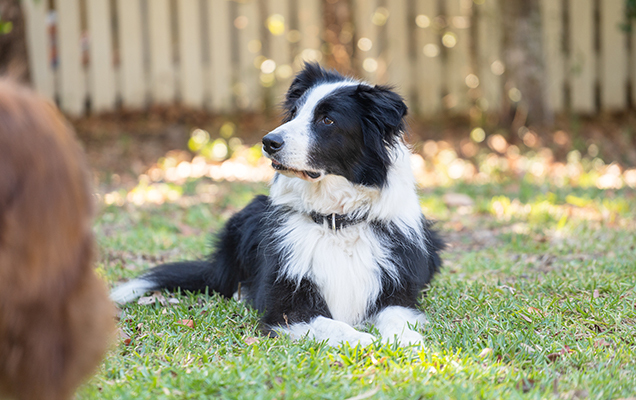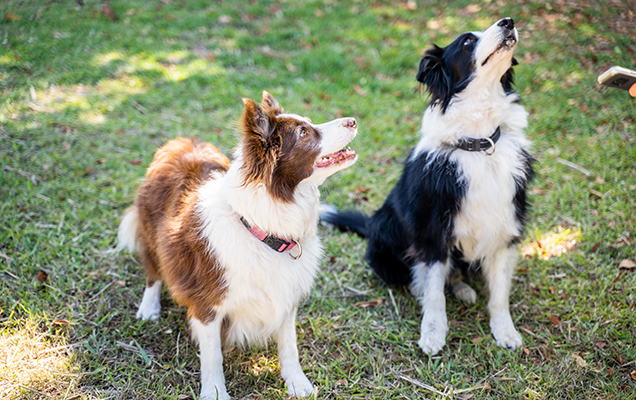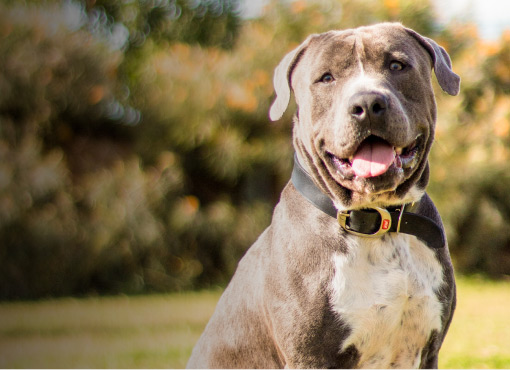One thing we may not realise going back to work, is how our pets will react. Unfortunately, animals can experience separation distress, which could be especially heightened in this time of change. Separation distress in pets occurs when they are left alone and are upset at the concept their human isn’t around. This can lead to a range of behaviours like escaping, destruction, etc.
However, it’s important to ensure your vet diagnoses separation distress in your dog as similar behaviours can be associated with just pet boredom!
Fortunately, there are options for you to help your pet deal with separation distress.





